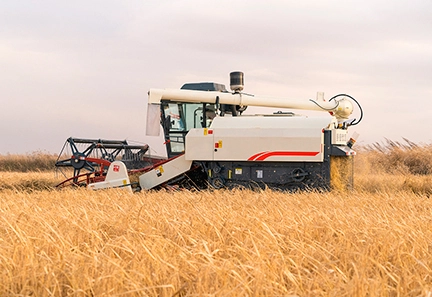In the intricate dance of machinery within industrial settings, the quest for efficiency reigns supreme. Enter hydraulic flow splitters, unsung heroes in the realm of fluid management, quietly revolutionizing how industries optimize their processes. This exploration delves into the profound impact of hydraulic flow splitters, shedding light on their pivotal role in unleashing efficiency within industrial landscapes.
At the core of hydraulic systems, where precision and control are paramount, hydraulic flow splitters emerge as indispensable components. These devices, often compact and unassuming, play a pivotal role in dividing, directing, and controlling the flow of hydraulic fluids. By efficiently splitting the fluid stream into multiple paths, these splitters empower industrial systems with unparalleled control, ensuring that hydraulic power is harnessed with precision.
Efficiency in industrial settings is synonymous with streamlined processes, and hydraulic flow splitters excel in optimizing workflows. Whether in manufacturing lines, heavy machinery, or processing plants, these devices facilitate the simultaneous operation of multiple components, allowing for parallel tasks and reducing downtime. The ability to divide and direct hydraulic power strategically enhances the overall speed and efficiency of industrial processes, contributing to higher productivity and reduced operational costs.
In the world of fluid dynamics, control is key, and hydraulic flow splitters emerge as masters of precision. These devices offer adjustable flow rates, pressure regulation, and the ability to direct fluid selectively to different components. The enhanced control afforded by hydraulic flow splitters ensures that industrial machinery operates with optimal efficiency, minimizing waste and maximizing the utilization of hydraulic power. From controlling actuators to managing tools on the production line, these splitters bring a level of precision that is instrumental in achieving peak performance.
Efficiency is often synonymous with adaptability, and hydraulic flow splitters showcase remarkable versatility in meeting diverse industrial requirements. From heavy-duty manufacturing equipment to intricate assembly lines, these splitters find application across a spectrum of industries. Their ability to adapt to different flow rates, pressures, and fluid types makes them indispensable tools for hydraulic cartridge systems in sectors as varied as automotive, aerospace, and energy production.
In the pursuit of sustainable industrial practices, energy conservation takes center stage. Hydraulic flow splitters play a crucial role in this endeavor by maximizing the utilization of hydraulic power. Through precise control and distribution, these devices ensure that hydraulic energy is directed where it is needed most, minimizing losses and promoting energy efficiency. This not only aligns with the growing emphasis on sustainability but also contributes to cost savings for industrial operations.
The modern industrial landscape often demands remote operations and monitoring. Hydraulic flow splitters, equipped with advanced control systems, facilitate remote management of hydraulic processes. This capability allows for real-time adjustments, diagnostics, and troubleshooting, reducing the need for physical intervention and enhancing overall operational efficiency. The integration of remote capabilities positions hydraulic flow splitters as crucial components in the era of Industry 4.0.
In conclusion, the role of hydraulic flow splitters in industrial settings is nothing short of transformative. These unassuming components emerge as efficiency maestros, orchestrating the symphony of fluid dynamics within machinery and processes. From optimizing workflows to enhancing control, adapting to varied industrial needs, and maximizing energy conservation, hydraulic flow splitters stand as silent champions of efficiency in the industrial landscape. As industries continue to seek ways to enhance productivity and sustainability, the importance of these unassuming devices will only grow, ensuring that efficiency is truly unleashed in every hydraulic pulse of the industrial heartbeat.


